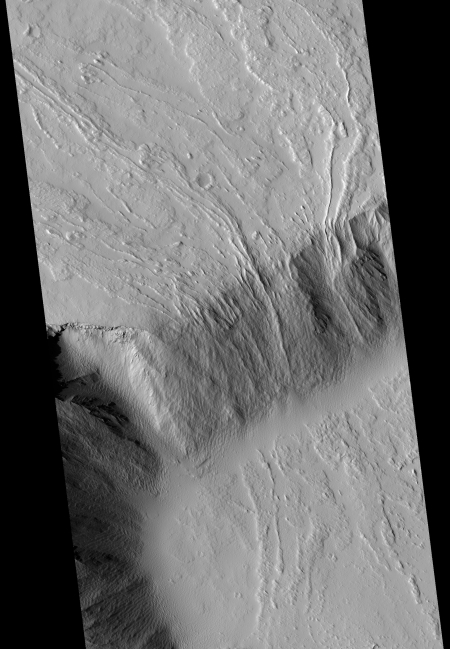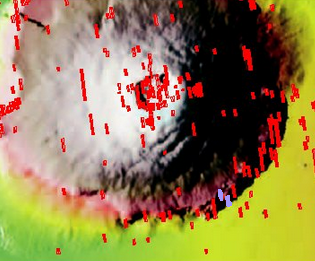A NASA astronaut’s detailed look at Dragon and Starliner
Link here. Lots of interesting details about both spacecraft from an experienced astronaut’s perspective.
The Commercial Crew program will launch uncrewed ships first. SpaceX is aiming to do that in September and Boeing in October. If successful, crewed launches will follow on December 31 (Boeing) and January 17 (SpaceX).
“We’ve gotten into the cockpit in both spacecraft. We’ve run through parts of the profile, from launch to rendezvous docking, un-docking, and [atmospheric] entry. But everything’s not been tied up, not quite yet,” Williams said. She didn’t say which company’s spaceship is her favorite.
In fact, crewed launch dates may slip to mid-2019. Williams said she expects NASA to announce her official mission selection this summer, and from there about a year of more deliberate mission training will follow.
This is a delay from the previously planned summer launches. This had been expected, but it also looks like both companies are trying hard to get things off the ground this year.
Link here. Lots of interesting details about both spacecraft from an experienced astronaut’s perspective.
The Commercial Crew program will launch uncrewed ships first. SpaceX is aiming to do that in September and Boeing in October. If successful, crewed launches will follow on December 31 (Boeing) and January 17 (SpaceX).
“We’ve gotten into the cockpit in both spacecraft. We’ve run through parts of the profile, from launch to rendezvous docking, un-docking, and [atmospheric] entry. But everything’s not been tied up, not quite yet,” Williams said. She didn’t say which company’s spaceship is her favorite.
In fact, crewed launch dates may slip to mid-2019. Williams said she expects NASA to announce her official mission selection this summer, and from there about a year of more deliberate mission training will follow.
This is a delay from the previously planned summer launches. This had been expected, but it also looks like both companies are trying hard to get things off the ground this year.


 l
l

